How nutrition-sensitive agriculture programs can realize both nutrition and gender equality goals
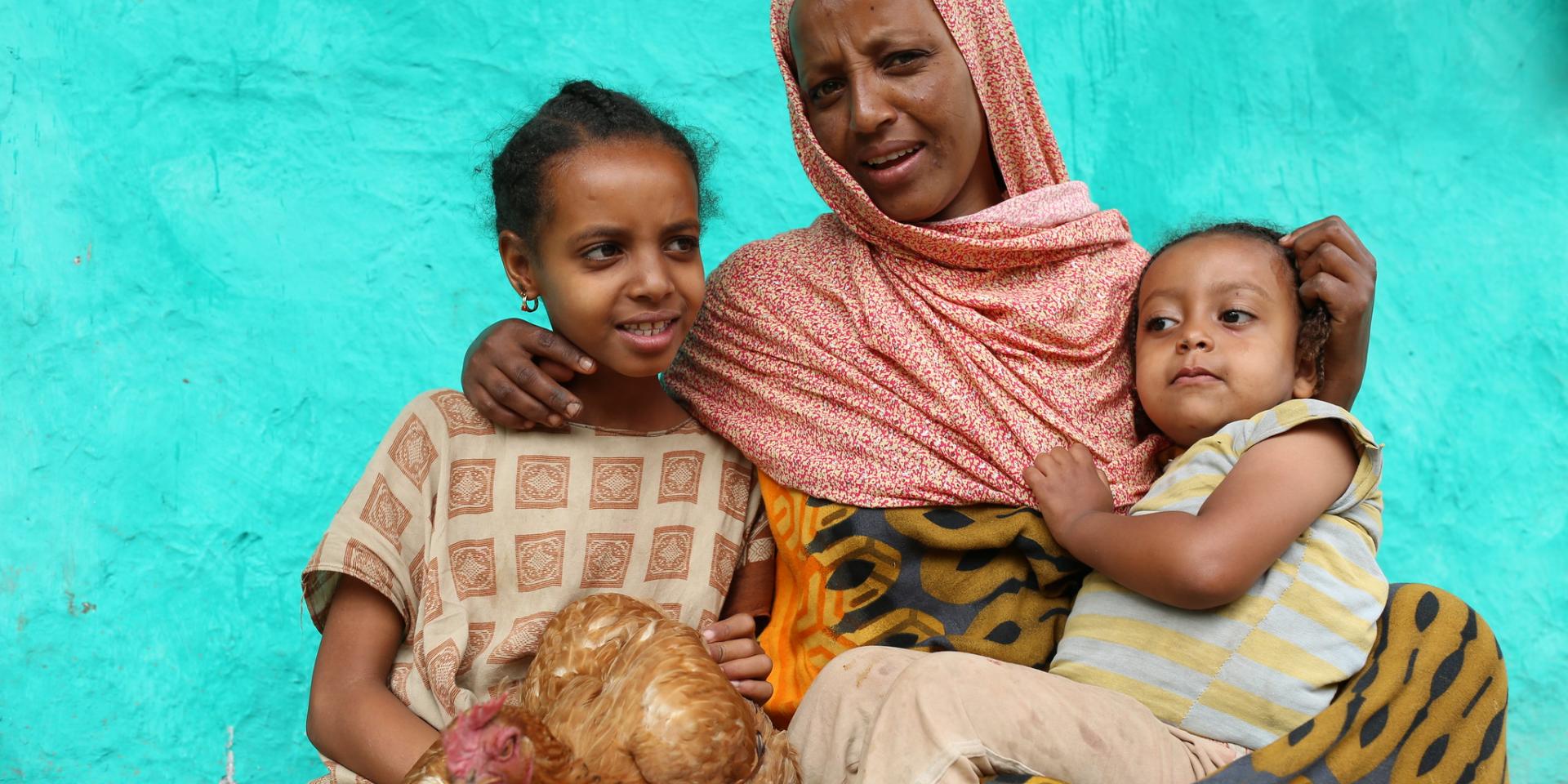
Key messages:
-
Despite the many links between agriculture, nutrition and gender, gender equality and women’s empowerment are not automatic outcomes of nutrition-sensitive agriculture programs (NSAPs).
-
Understanding how agriculture, nutrition and gender interact with each other requires deliberate consideration. Agriculture can contribute to nutritional outcomes in many ways, and gender plays a role in all of them, influencing each step in the series of actions leading to nutrition and health outcomes.
-
NSAPs can improve women’s empowerment and gender equality by closing existing gender gaps in nutritional status and by adopting specific strategies and actions that shift gender norms and promote women’s empowerment.
-
Making the next generation of NSAPs gender transformative will require attention to the inclusiveness of data collected within, and standardization of data collected across, programs. It will also require a programming approach that takes into account the different structures that need to be transformed—such as norms dictating division of labor—whether in the household, the community or beyond.
Globally, malnutrition remains unacceptably high, and hard-won progress is further threatened by the impacts of the COVID-19 pandemic. Agriculture, with its critical role in the production, availability and consumption of food, as well as rural livelihoods and incomes, must step up to help address nutrition challenges.
Nutrition-sensitive agriculture programs (NSAPs) are one way that agriculture can contribute to achieving our global nutrition goals. These programs also have the potential to help meet other critical development objectives, specifically women’s empowerment and shifting of underlying barriers that perpetuate gender inequalities.
Four factors that underpin women’s empowerment
In a recent analysis, we examined four case studies to understand the range of approaches used to address gender in NSAPs. The cases were deliberately selected from among technologies developed by CGIAR and other agricultural research centers, as well as those implemented by partners and evaluated by a CGIAR research center.
Selected programs, which included a diverse set of interventions and contexts, incorporated nutrition-specific goals and actions targeted at nutritionally vulnerable populations. This analysis is not intended to assess the extent of evidence on how NSAPs impact gender equality and women’s empowerment, but rather to highlight what we can learn from different approaches to gender programming across different interventions and contexts.
The cases we studied included:
- A program that introduced biofortified orange-fleshed sweet potato in Uganda,
- A program considering improved vegetables and fish technologies in Bangladesh,
- A dairy value chain project in northern Senegal, and
- Homestead food production and home gardening in Bangladesh and Burkina Faso.
We found that NSAPs can improve women’s empowerment and gender equality in two ways. First, they can lead to improvements in well-being and narrow existing gender gaps in nutritional status. Additionally, NSAPs may adopt specific strategies and actions that shift gender norms and promote women’s empowerment as a pathway for achieving their nutrition goals.
NSAPs’ potential to contribute to gender equality and women’s empowerment is however not automatically realized. Based on our analysis, we found that several factors in NSAP design are key for this success, which can serve as recommendations for future agricultural research for development efforts. They offer particular insight to NSAP designers seeking to strengthen impacts on gender equality and women’s empowerment:
- First, programs need to be intentional about their objective to empower women and to transform gender relations.
- Second, programs must recognize potential trade-offs between women’s different roles and the unintended consequences of participation in the NSAP, such as increased work burden.
- Third, they should employ evidence-based strategies, such as women’s group-based programming, gender-sensitization activities that reach men and communities, building women’s technical capacity and addressing exclusionary gender norms. These strategies work to empower women, and enable program designers and implementers to continue to learn from their experience and adapt.
- Fourth, programs must make deliberate efforts to monitor progress toward women’s empowerment, gender equality and nutritional empowerment, by using the appropriate indicators and methodologies. This can strengthen women’s decision-making around food and nutrition, and enable individuals to become well fed and healthy, especially in contexts where this capacity had been previously denied to them.
Recommendations on collecting data, understanding impacts and engaging men
Our analysis of the four cases studies also revealed issues that will require a stronger focus moving forward to enable NSAPs to contribute toward women’s empowerment and gender equality goals.
One such issue is particularly relevant to project designers and implementers, and concerns data collection on nutrition and health outcomes from all household members. Many NSAPs focus on maternal and child nutrition, but do not necessarily examine the diets, nutrition and health status of other household members. Without this information, it is impossible to assess whether the intrahousehold distribution of food has shifted and the program has contributed to gender equality.
Moreover, the data must be collected in a standardized way for program designers to be able to measure progress and learn lessons across interventions. This standardization is also critical for monitoring, evaluation and learning frameworks used in the programs.
Importantly, beyond the data, researchers studying NSAPs should pay attention to the unintended consequences of women’s involvement in such programs, including increased work burdens and the possibility of backlash from men. For example, if women are perceived to be challenging norms around the gendered division of labor by not performing assigned tasks, this may result in intimate partner violence.
Men, the other half of the gender equation, have been understudied in nutrition research, especially the roles they can play in improving nutritional outcomes for women and children and in gender-transformative change. Engaging them may help improve the gender-equitable allocation of food produced, ensure women have a say in controlling the income from it and even help relieve women’s time burdens, enabling them to participate in nutrition intervention trainings.
For the next generation of NSAPs to be gender transformative, project designers and researchers must consider the important issues revealed in this analysis, and work together to ensure that strategies aim to empower women and assess impacts on women’s empowerment as an outcome in its own right, not merely as an instrument for achieving nutrition outcomes.
Suggested citation:
Malapit, H. 2021. How nutrition-sensitive agriculture programs can realize both nutrition and gender equality goals. CGIAR GENDER Platform Evidence Explainer. Nairobi, Kenya: CGIAR GENDER Platform. https://hdl.handle.net/10568/114805.
References
Bargaining power, decision making, and biofortification: The role of gender in adoption of orange sweet potato in Uganda
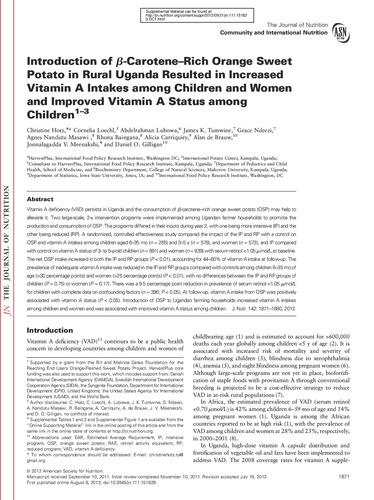
Introduction of β-Carotene–Rich Orange Sweet Potato in Rural Uganda Resulted in Increased Vitamin A Intakes among Children and Women and Improved Vitamin A Status among Children
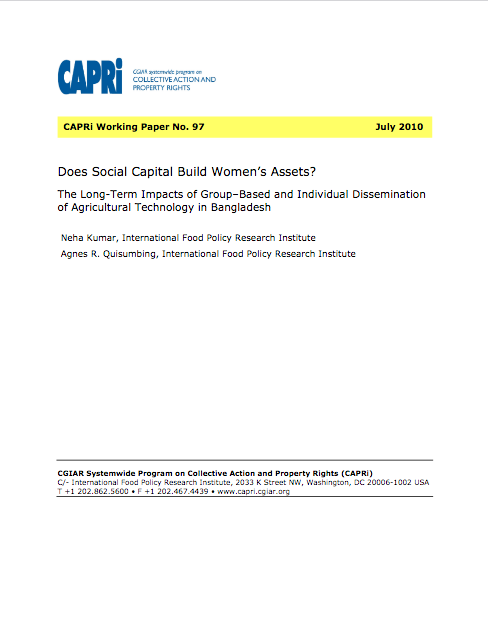
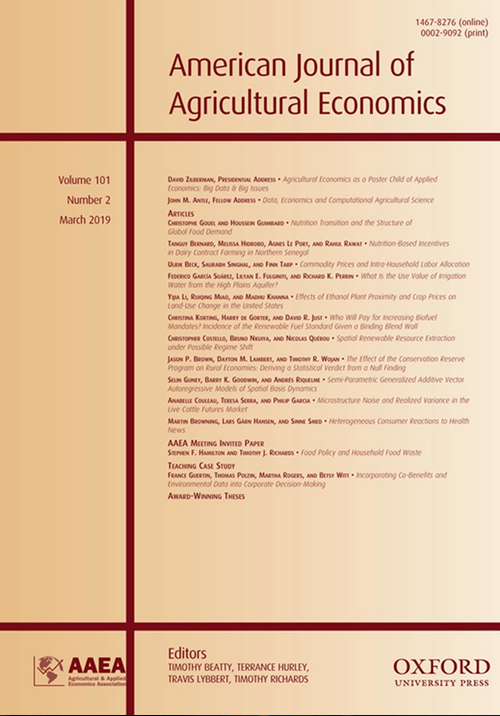
Nutrition-based incentives in dairy contract farming in northern Senegal
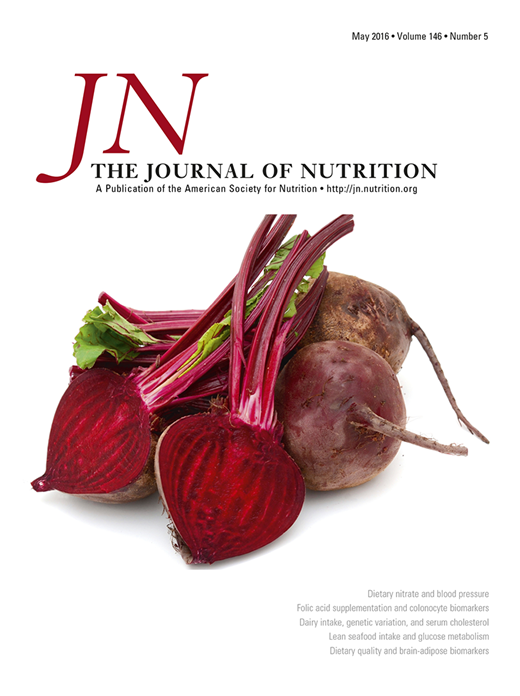
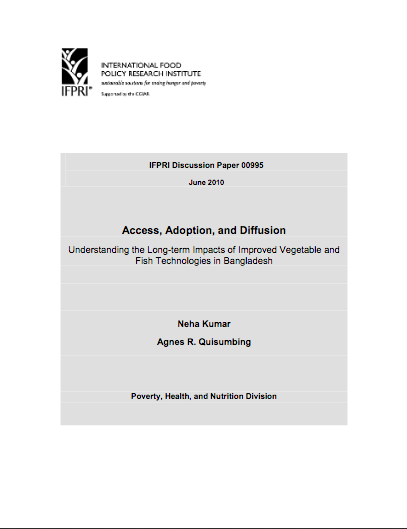
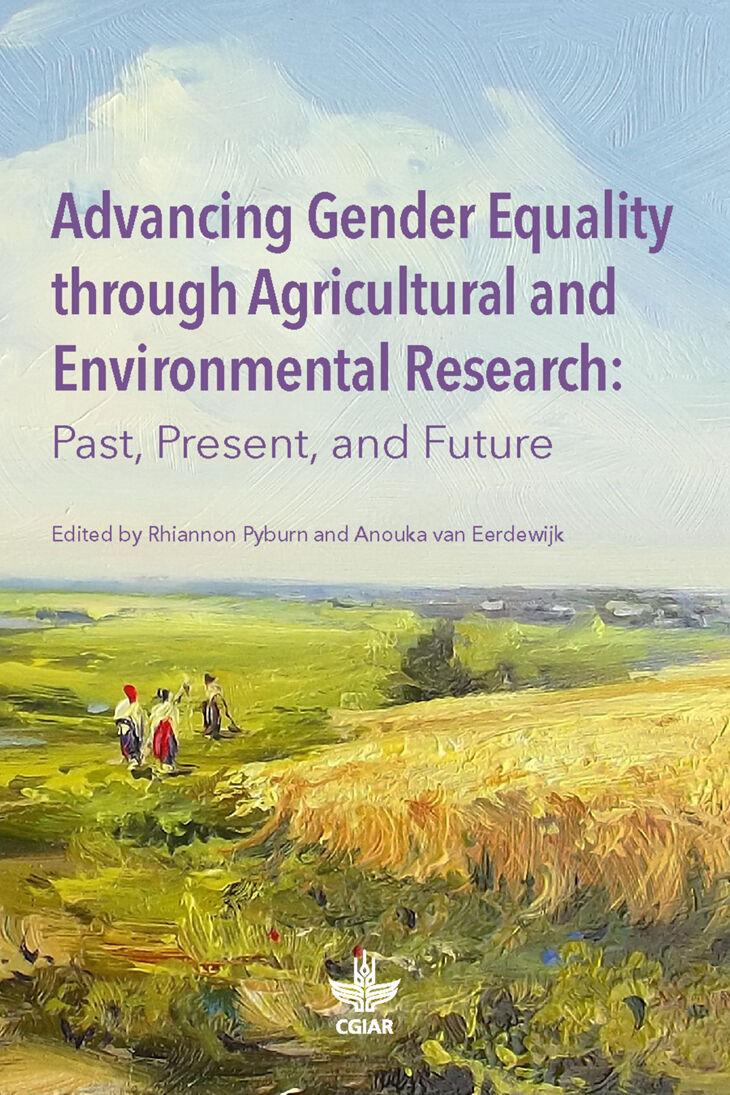
Advancing gender equality through agricultural and environmental research: Past, present, and future
Pyburn, Rhiannon, ed.; and van Eerdewijk, Anouka, ed. 2021. Advancing gender equality through agricultural and environmental research: Past, present, and future. Washington, DC: International Food Policy Research Institute (IFPRI). https://doi.org/10.2499/9780896293915